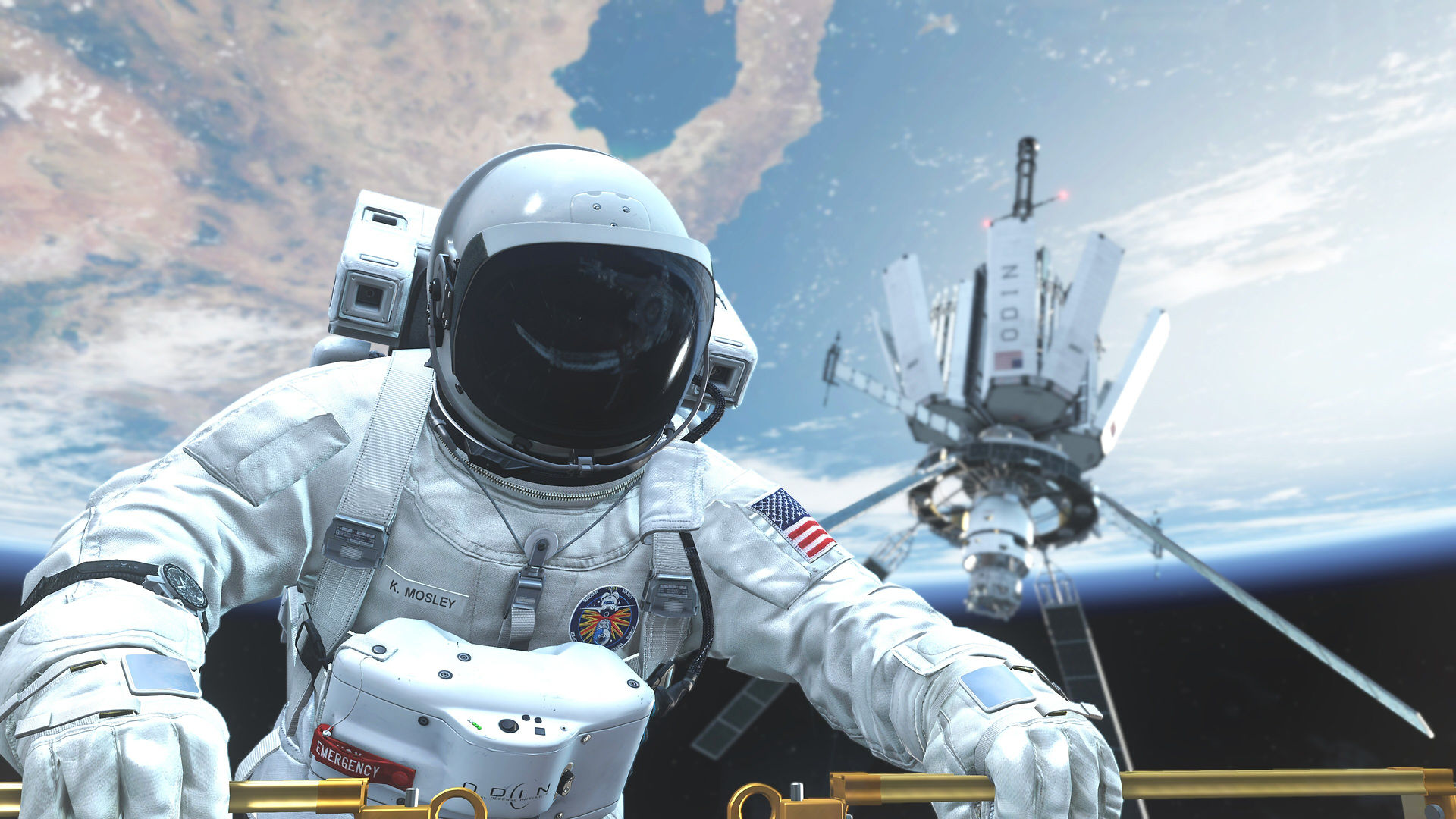Space missions failures
- writtencomm2

- 29 nov 2015
- 2 Min. de lectura
Not every space project has ended up in a complete success. As everything in life, there is always risk that something may go wrong, and the space business is not an exception. Since the very beginning of space race, followed by the invention of rocket powered flights in the 20th century. Although plenty of incidents have occurred in the history of space exploration (as much in unmanned as in manned flights), only those whose occurrence have claimed human lives are the ones that really matter, even over any other material loss. Maintenance problems, design, and a wide extension of factors have set several black pages in the book of spaceflights of which fatal events have claimed 21 lives throughout space exploration missions. Accidents such as the Columbia disaster on February 1, 2003, the Challenger explosion on January 28, 1986, among other tragic events remind us how perilous diving into the outer space can be.
Genesis:
Spacecraft: Sample return.
Crew: Unmanned
Launching date: August 8, 2001.
Landing date: April 22, 2004.
Mission: Collecting samples of the sun and return them to Earth for analysis.
The problem: The samples recollection mission was successful, however, the collector arrays were too delicate for a normal parachute landing, therefore, a midair mission - which included two descent slower parachutes and two helicopters - was to catch them. It appeared to be working at the first stages, but a design flaw in a deceleration sensor did not allow the triggering of the deployment parachute, so the spacecraft dropped at about 311 km/h hitting the ground of the Dugway Proving Ground desert, Utah, The United States.

(Image taken from pics-about-space.com)
DART (Demonstration of Autonomous Rendezvous Technology)
Crew: Unmanned
Spacecraft: Artificial satellite
Lifetime: half a day
Mission: Supposed to be a 24 hour mission, it was to locate and rendezvous with another spacecraft without direct human guidance and perform approaching maneuvers including station keeping, docking axis approaches and circumnavigation to finally demonstrate a collision avoidance maneuver and depart the vicinity and transition to its final orbit.
The problem: Despite DART achieved the rendezvous and approached the targeted spacecraft within around 300 feet, it experienced an orbit anomaly and it placed itself in the retirement phase before accomplishing all planned proximity operation, giving rise to a premature ending of the mission.

(Image taken from http://science.nasa.gov/)
Soyuz 1
Launching date: April 23, 1967
Landing date: April 24, 1967
Crew: Vladimir Komarov
Mission: Demonstrating rendezvous, docking space station and possibly expeditions to the moon.
The problem: Although since the beginning of its construction the spacecraft had failures already, Vladimir Komarov was adamant that he could board the spaceship and accomplish the mission in order to protect Yuri Gagarin’s life who was his backup. Right after the launch, the capsule was hit by an array of problems that led to the abortion of the mission forcing Vladimir to reenter Earth. Despite the slim chances he had of returning alive, miraculously he survived the reentry, but the parachute deploy failed leaving Vladimir and the spacecraft to the will of the gravity, thereupon, the capsule slammed into the ground tremendously killing the only crewmember right away.

(Taken from naukas.com)












Comments